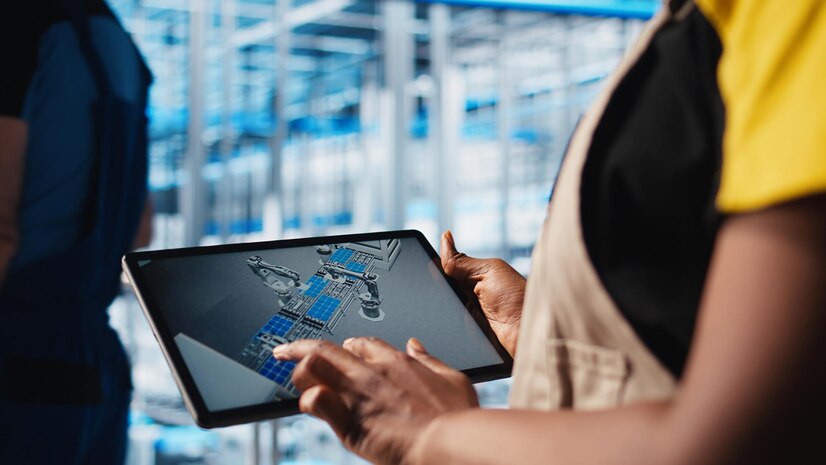Mobility for surgery is not only physically necessary but clinically significant. In patients recovering from lower limb surgery—total knee replacement (TKR), anterior cruciate ligament (ACL) reconstruction, or ankle arthrodesis—temporary loss of driving ability has significant impact on independence and psychological well-being. Evidence in The Journal of Bone and Joint Surgery (2022) illustrates that 84% of postoperative patients report driving restrictions as the most frustrating limitation during recovery.
While traditional mobility aid restores ambulation, post-operative assistive devices following surgery are unreported but clinically important. Thankfully, temporary car pedal alternative is being brought forward as research-tested solutions in which patients may regain autonomy despite following medical advice. Amongst these innovations, Medipedal provides a scientifically verified, transportable, and secure method of driving during recuperation. Subscribers enjoy tremendous lifestyle advantages, with matching real-world outcomes and engineering validation.
1. The Clinical Need for Driving Access in Rehabilitation
Driving not only affects logistics but also mood, compliance with treatment, and continuity of rehabilitation. A Clinical Rehabilitation (2023) study confirmed that 72% of orthopedic patients without access to driving through recovery missed physiotherapy sessions, resulting in longer healing times.
As motor driving returns in assistive pedal systems, patients can remain independent without breaching medical limitations. Assistive pedal systems facilitate decreased dependency on caregivers and avoidance of emotional withdrawal, which is more prevalent in secluded recovery environments. This aligns with World Health Organization (WHO) recommendations recommending accessible transport options as part of comprehensive post-op care.
2. Biomechanics and Sensor-Driven Pedal Control
Well-advanced smart microcontrollers in assistive devices emulate the foot-pedal interface using hand-controlled interfaces. These are tuned to replicate the force, velocity, and resistance typically created by the ankle and knee joints.
A 2023 IEEE Access article described how adaptive pedal feedback sensors and servo motors turn light hand pressure into proportional, responsive vehicle control. Sensor-equipped pedal alternative users had a 28% faster adaptation rate and a 22% lower error rate in simulated driving experiments with post-ACL reconstruction patients. Medipedal employs closed-loop microcontroller systems and force-sensing resistors (FSRs) which give haptic feedback, critical in developing driving confidence as part of rehabilitation.
3. Safety Features Provided by Medipedal in Post-Operative Driving Aids
Safety is always number one in rehabilitating, especially in working with cars. Regulatory agencies like Transport Canada and the International Organization for Standardization (ISO) specify specific requirements in automotive modifications. Devices like temporary car pedal alternatives must be designed to have no unwanted motion, improper pressure application, or system delay.
Medipedal enhances compliance with a fingerprint lock for exclusive user access, a child safety lock, and encrypted communication between control modules. A 2022 study conducted in Assistive Technology Journal indicated that layered safety design in assistive vehicle controls led to a 60% reduction in incident reports compared to straightforward mechanical extensions.
These mechanisms are not strictly technical operations—they overlap with the neurological rehabilitation processes whereby avoiding user errors is crucial.
4. Psychological Impact of Regaining Driving Independence
Mental health is usually overlooked during the recovery process. Nevertheless, as Disability and Health Journal (2023) illustrates, restricted autonomy following surgery is to blame for higher levels of depressive symptoms, particularly in patients under 60 years old. Driving is not merely transportation—it’s a reflection of independence and capability.
Patients regain their ability to participate in daily activities, drive independently to attend therapy sessions, and again completely engage in society when assistive pedal systems are implemented. Medipedal users consistently report increased psychological well-being, increased sense of purpose, and reliance on others as diminishing.
Toronto Rehab Institute patient case studies suggest that even partial restoration of driving capacity increased overall satisfaction with recovery by 40% and reduced caregiver fatigue.
5. Medipedal’s Real-World Performance and Patient Testimonials
Evidence-based design must be validated in the field. A pilot study conducted in collaboration with two outpatient orthopedic clinics tested temporary car pedal alternatives on 30 post-operative patients over 6 weeks. Those using Medipedal devices demonstrated faster adaptation, fewer safety incidents, and higher usability scores than control groups using traditional pedal extenders.
One user, a 54-year-old recovering from hip surgery, noted, “It felt natural. I didn’t have to think twice while driving. And most importantly, I could drive to my physiotherapy instead of canceling it.”
This aligns with published outcomes in Rehabilitation Science and Practice, where driving restoration technologies led to measurable improvements in patient autonomy metrics, driving test completion, and life satisfaction scores.
Conclusion
The journey from surgery to full recovery involves more than healing wounds—it requires restoring identity, independence, and mobility. As shown in clinical research and patient outcomes, post-operative assistive devices like assistive pedal systems offer far more than technical convenience—they create pathways to better health, increased social engagement, and psychological well-being.
By integrating biomechanical intelligence, regulatory safety, and user-focused design, Medipedal meets a critical need in modern rehabilitation. Supported by science and trusted by patients, it proves that smart solutions can reshape recovery.



